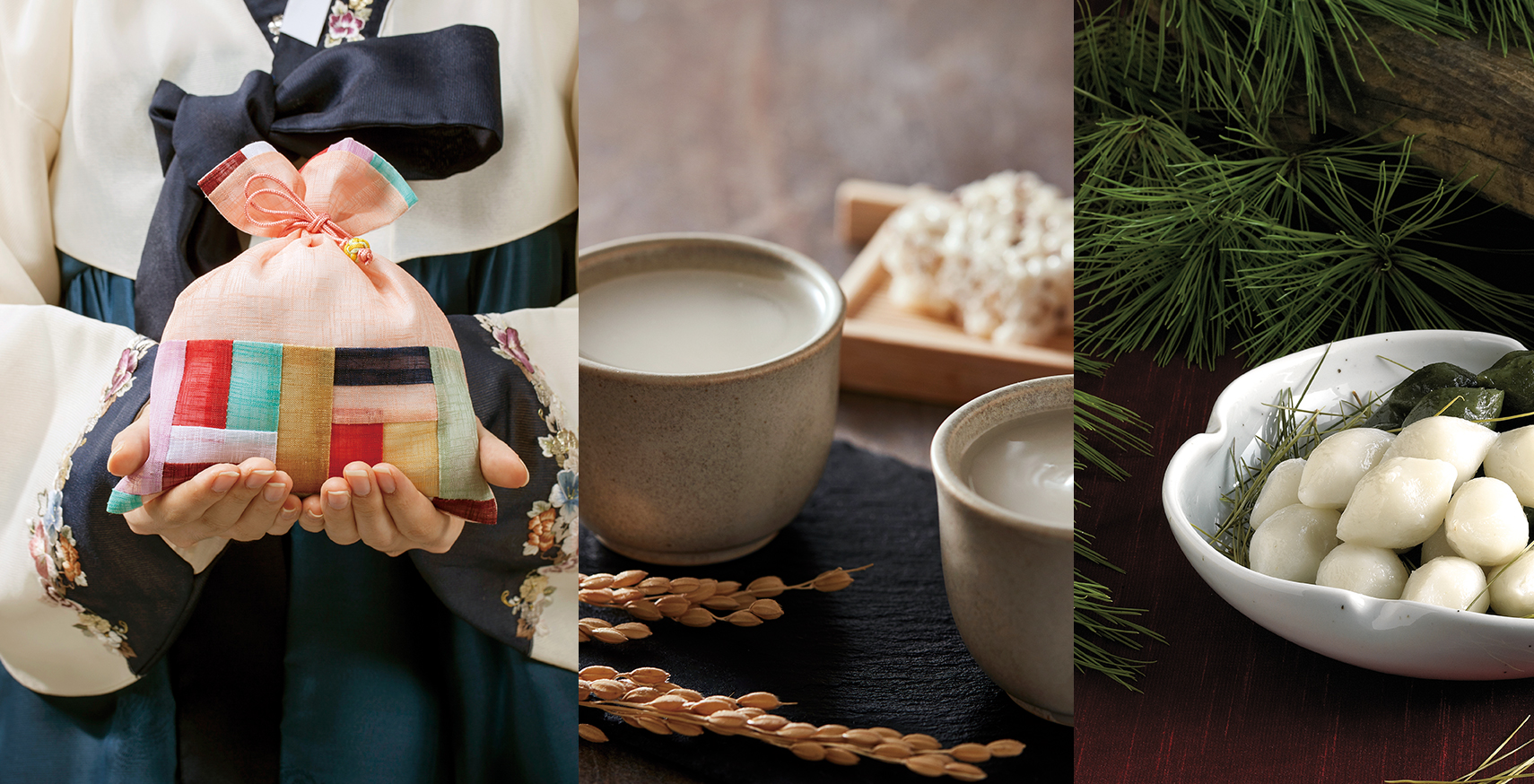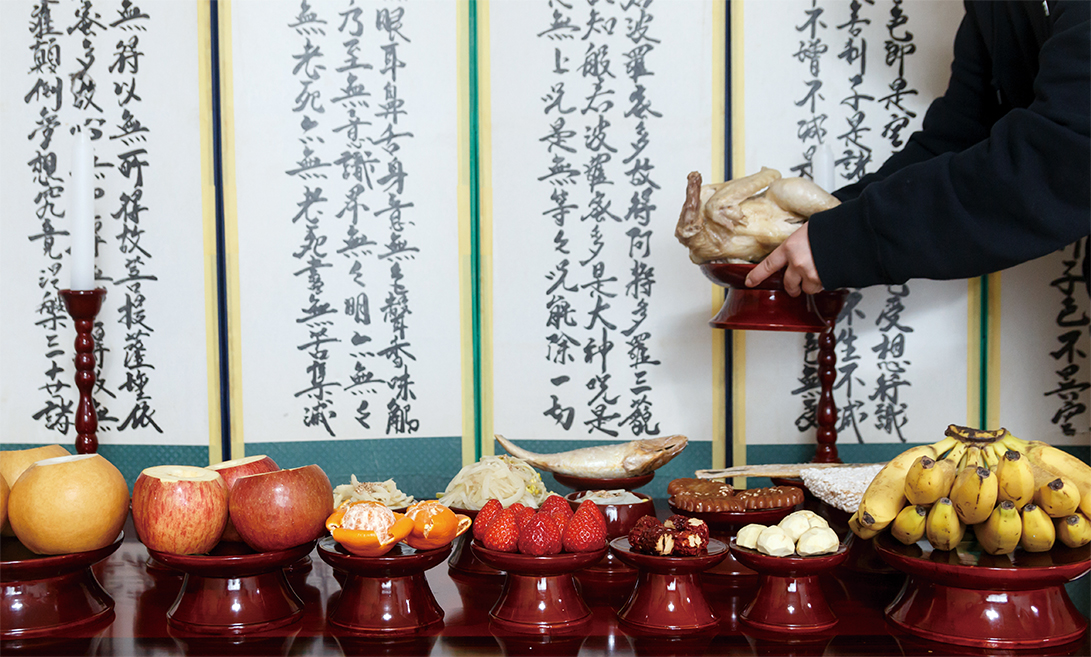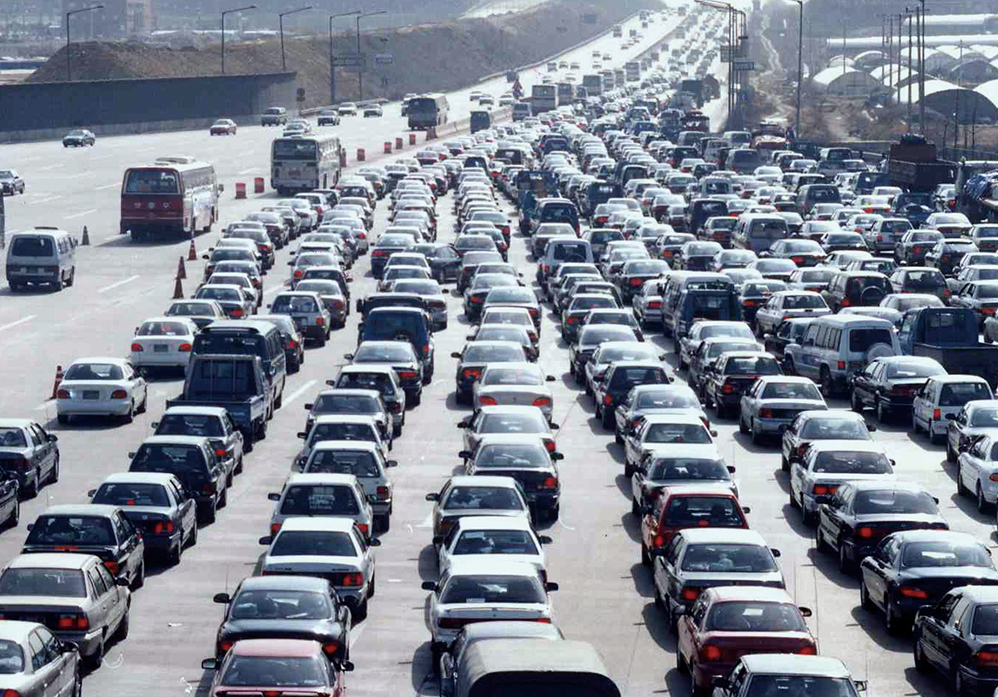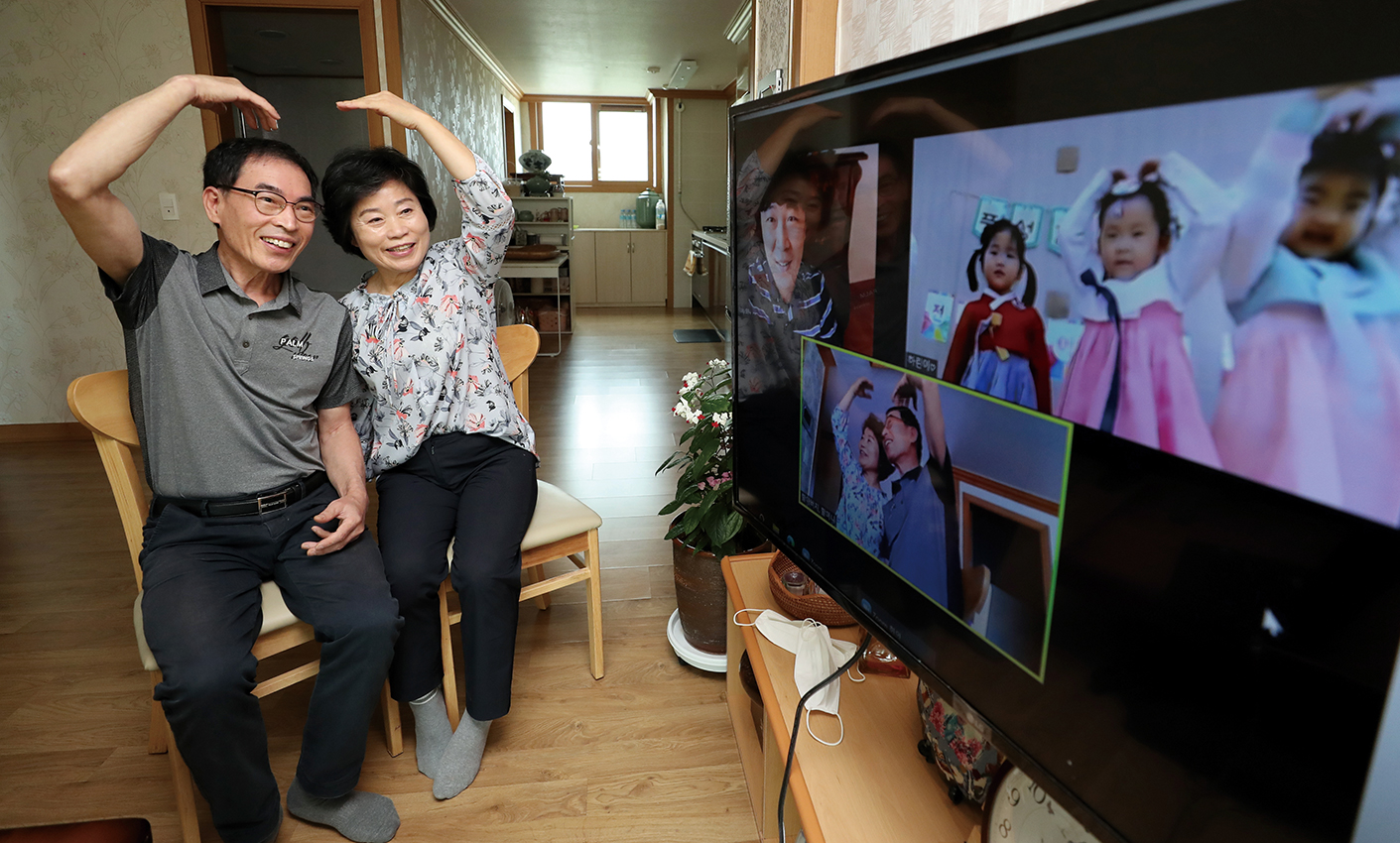September 2021

September 2021
Long characterized by strictly formalized ancestral rites, large family gatherings and hometown visits, Korean holidays are gradually changing. What’s changing Korean holiday traditions? Let’s look at the transformation of Korean holidays through the ages and the social changes reflected therein.
Written by
Shin Ji-sun,
culture columnist
Photo courtesy of
Yonhap News
 © imagetoday
© imagetoday
Korea’s traditional holidays developed based on the country’s agricultural society of the past. In the Joseon Dynasty (1392-1910), people celebrated Seollal, Hansik, Dano and Chuseok as national holidays. The meaning of the Seollal holiday, which is celebrated in the first month of the lunar year, can be found in the Dongguk Sesigi, a book on the kingdom’s seasonal customs written in 1849. It records, “Seollal has a sense of unfamiliarity because it is the first day of the year,” and, “It is sad to grow old after Seollal.” On Hansik, people visited ancestral graves, with the holiday an important junction in preparing for the year’s farming. On Dano, people performed ancestral rites to wish for a good harvest. Chuseok celebrated the year’s harvest in autumn. Interestingly, there were not many national holidays during the busy farming season. This is because Korean national holidays developed alongside an agricultural society.
 © shutterstock
© shutterstock
National holidays have downsized in the present day, but Seollal and Chuseok remain as the nation’s two biggest holidays. How do Koreans celebrate national holidays?
Let’s look at Chuseok. Chuseok, celebrated in autumn on the fifteenth day of the eighth lunar month, can be compared to the American Thanksgiving holiday. To finish the fall harvest, people prepare newly harvested rice and fruits and perform an ancestral rite offering some of the bounty as a sign of gratitude.
Markets bustle with people preparing food for the ancestral rites on the holiday. Indeed, Koreans have long loved Chuseok because there’s so much food. People used to say, “I wish everyday were like Chuseok.”
On Chuseok, families sit down with one another, talk and prepare songpyeon. Songpyeon is a rice cake that people eat during Chuseok. Shaped like a half moon, the songpyeon represents the force of the half-moon and one’s own half of energy, which when combined together become whole. People even say if a woman makes a pretty songpyeon, she’ll meet a good husband or have a pretty child.
Chuseok is also a day to remember our ancestors with gratitude. Koreans still visit the graves of their ancestors to pull the weeds and tidy the plot up, as well as to perform an ancestral rite in front of the grave. Chuseok is thus a day for remembering the ancestors and bonding with family.
Koreans have long loved Chuseok because
there’s so much food. People used to say,
‘I wish everyday were like Chuseok.’
 On holidays, highways are full of cars returning home.
On holidays, highways are full of cars returning home.
 Children make songpyeon to celebrate Chuseok.
Children make songpyeon to celebrate Chuseok.
The celebration of national holidays has changed with time. During the rapid industrialization in the 1970s, many people left their hometowns and moved to large cities to find jobs. This is when the practice of returning home began. Roughly one-fifth of the population took to the roads. In the 1980s, the term “national migration” came into common usage. This practice peaked in the 1990s, when private vehicles and public transportation increased. Excessive traffic turned highways into virtual parking lots, with bored motorists getting out of their cars to talk to other motorists or stretch. That was a typical scene during national holidays at the time.
In the 2000s, holidays experienced a radical change due to a shrinking population and preference for nuclear families. The exodus from the cities, the so-called “national migration,” began to dwindle. Instead, reverse homecomings, with parents visiting their children, steadily increased. The ancestral rites ceremony has changed as well. Nowadays, people prepare food the family enjoys rather than following traditional rules. On top of that, the COVID-19 pandemic has created new holiday practices with the pandemic discouraging families from physically gathering. Innovating phenomena in the COVID era include online bowing, online visits to graves and contact-free ancestral rites. Proxy grave clearing services are also popular among people unable to visit their homes.
 A family extends holiday greetings by video call.
A family extends holiday greetings by video call.
One thing that has never changed is the meaning of national holidays for Koreans. That is why, despite adversities, Koreans still return home and honor their ancestors, even if just virtually. People want to spend time with their relatives and remember the meaning and importance of family. Families spend national holidays as a time to gather, share words of blessing and remember their ancestors. How national holidays are celebrated may change over time, but their values remain the same.